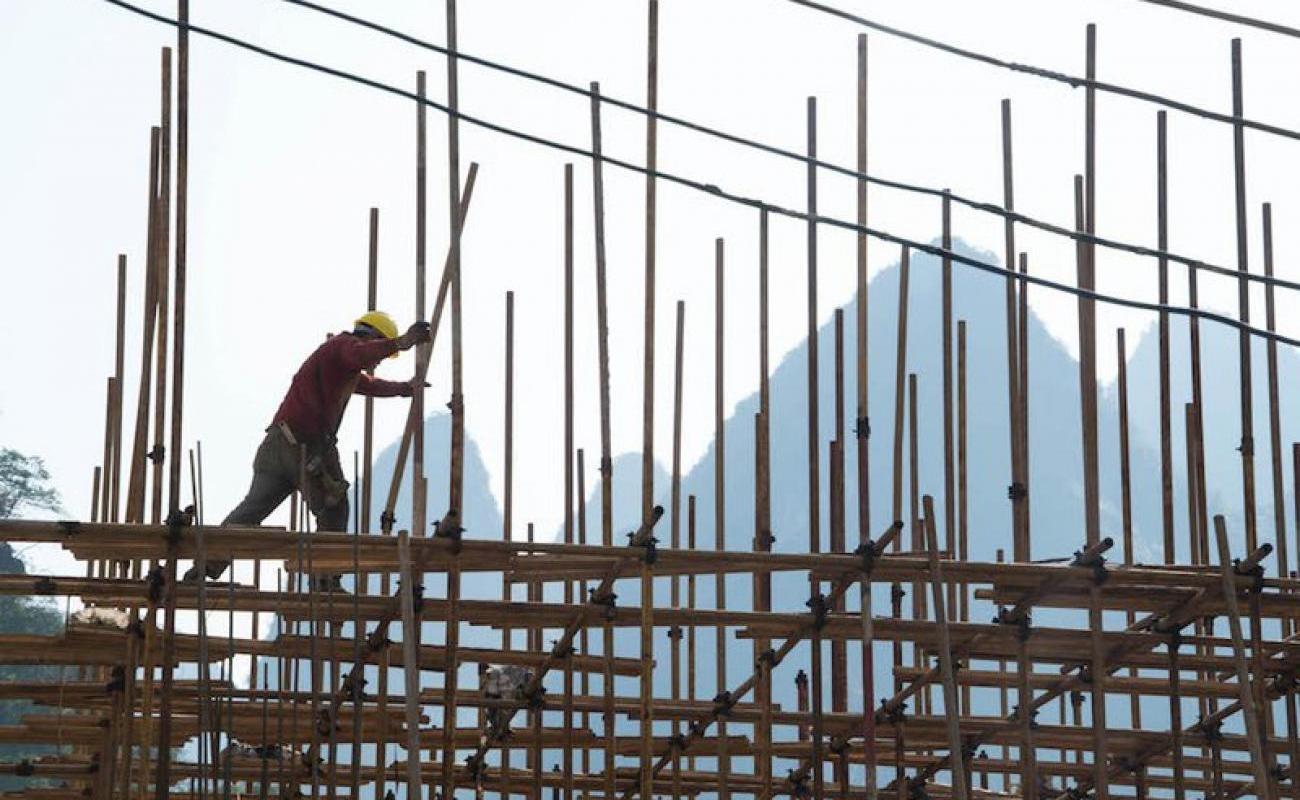TRAPPED: THE BELT AND ROAD INITIATIVE AND ITS CHINESE WORKERS

The Belt Road Initiative (BRI), China’s ambitious transnational development program, is set to redefine globalization with “Chinese characteristics.”[1] Since its inception, thousands of transportation, energy, information technology, and mining projects have been initiated around the globe. According to the American Enterprise Institute’s estimate, the total value of BRI has reached $838.04 billion.[2] The initiative has also driven growth at home by deepening connectivity.[3] It has played a crucial part in bridging the global investment gap in infrastructure,[4] has contributed to China’s rising dominance in the global rare earth supply,[5] and has further strengthened the country’s position in global supply chains. Yet, despite the BRI’s potential, observers have called attention to instances of corruption, human rights violations, and environmental hazards related to the initiative .[6] Critics have argued that this “new Silk Road” is designed to secure China’s place as the center of a new world economic order.[7] Some have also expressed concern that Beijing’s export of its surveillance technology, management strategies, and ideology might undermine democracy.[8]
There is another, lesser-known aspect of the BRI initiative that deserves scrutiny: labor conditions for its Chinese workers. According to data from China’s Ministry of Commerce, in 2021, there were 592,000 Chinese workers[9] overseas.[10] This number is lower than before the COVID-19 pandemic. Moreover, the official statistics exclude Chinese workers who do not possess a valid work visa. However, in our survey of 333 Chinese workers in Indonesia, only 27.6 percent held valid work visas to work in that country. Thus, millions of Chinese are potentially employed by BRI projects. These people, hired via convoluted chains of subcontracting, isolated in their host societies with or without a legal status, and unfamiliar with local legal resources, experience exploitative and dangerous working conditions. In fact, many endure circumstances that not only match the International Labour Organization’s (ILO) definition of forced labor,[11] but also sometimes approach human trafficking and modern-day slavery.
The cause of these abuses: insufficient oversight by a range of actors, including Chinese authorities, China’s BRI partner states, and global civil society. But of these actors, China bears special responsibility. There is a qualitative difference between forced labor and human trafficking in BRI projects as compared to similar abuses in other well-known cases, as the BRI is, fundamentally, a state-backed initiative financed mainly by Chinese capital.
This report is dedicated to giving these silenced workers a voice.
China Labor Watch (CLW) has documented the following specific troubling issues:
- Misleading or outright deceptive job ads, pre-work deposits, and harsh appraisal systems, all of which place workers in a fundamentally disadvantaged position;
- Restriction of personal freedom through the arbitrary use of fines, the withholding of identification documents, the accumulation of wage arrears, and, again, the exaction of pre-work deposits;
- Threats and use of physical violence to prevent workers from running away, resisting management, or contacting the media or local authorities;
- Either enforced signing of contracts without workers’ expressed understanding of their terms, or, in some cases, the absence of any contract whatsoever;
- Workers’ unfamiliarity with their host societies and ignorance of the avenues of legal recourse that might be available to them;
- Strict COVID-19 policies that limit workers’ ability to pursue job options in China
- Complicity of various parties, including the local police, hired Chinese ex-military guards, and, occasionally, Chinese embassies and consulates in surveilling and controlling workers.
CLW believes that the following five factors exacerbate these problems: (1) The companies involved in the BRI have little accountability either at home or abroad; (2) The current lack of reach or lax execution of China labor law over international labor rights disputes involving Chinese migrant labor abroad; (3) The general lack of involvement of international organizations in monitoring the BRI for abuses; (4) The political and economic stakes for China and its BRI partner countries which evidently outweigh any considerations of workers’ rights in the minds of authorities; and (5) The relative lack of interest in investigating these issues on the part of global civil society.
